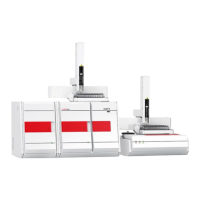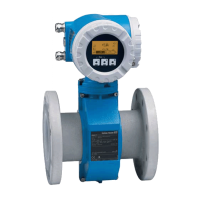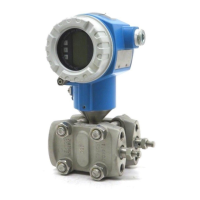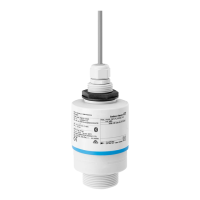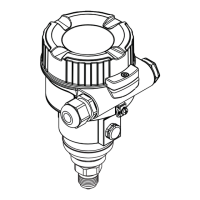Safety instructions multi N/C 2100S
14
Free access to the power switch on the back of the enclosure has to be ensured
during operation.
The ventilation equipment on the N/C 2100S and the extension modules must be in
good working condition. Covered vents or ventilation slits etc. may cause the device
to break down or may cause damage to it.
The furnace works at temperatures of up to 950 °C. Hot components (furnace,
condensation coil) must not be touched during or directly after the operation of the
analyzer.
Keep all combustible materials away from the analyzer.
2.5.2 Safety instructions - Protection against explosion and fire
The analyzer must not be operated in an explosive environment. Smoking or handling
open flames in the operating room of the analyzer is prohibited!
The operating personnel have to be familiar with the location of the fire-fighting
equipment in the operating room of the analyzer.
2.5.3 Safety instructions - electrical equipment
Work on electrical components of the analyzer may only be carried out by a qualified
electrician in accordance with the applicable electrical engineering rules. Life-
threatening electrical voltages may occur in the right-hand side component of the
analyzer.
The following has to be observed:
Extension modules or system components must always be connected to or
disconnected from the analyzer in a deactivated condition.
Before opening the analyzer, it must be switched off from the equipment switch and
the mains connector must be disconnected from the mains outlet!
Any work on the right-hand side component of the analyzer may only be carried out
by the customer service of Analytik Jena AG and specially authorized technicians.
The electrical components must be checked regularly by a qualified electrician. Any
defects, such as loose connections, faulty or damaged cables, must be repaired
without delay.
The analyzer must be switched off immediately at the power switch (on the
equipment backplate) and the power supply disconnected from the mains if there is
any interference with the electric components.
2.5.4 Safety instructions for compressed gas containers and systems
The carrier gas (synthetic air, purified air and/or oxygen) is taken from compressed gas
containers or local compressed gas systems. The required purity of the carrier gas must
be ensured (→ see chapter "Technical data" p. 110)!
Work on compressed gas containers and systems must only be carried out by individuals
with specialist knowledge and experience in compressed gas systems.
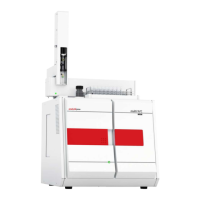
